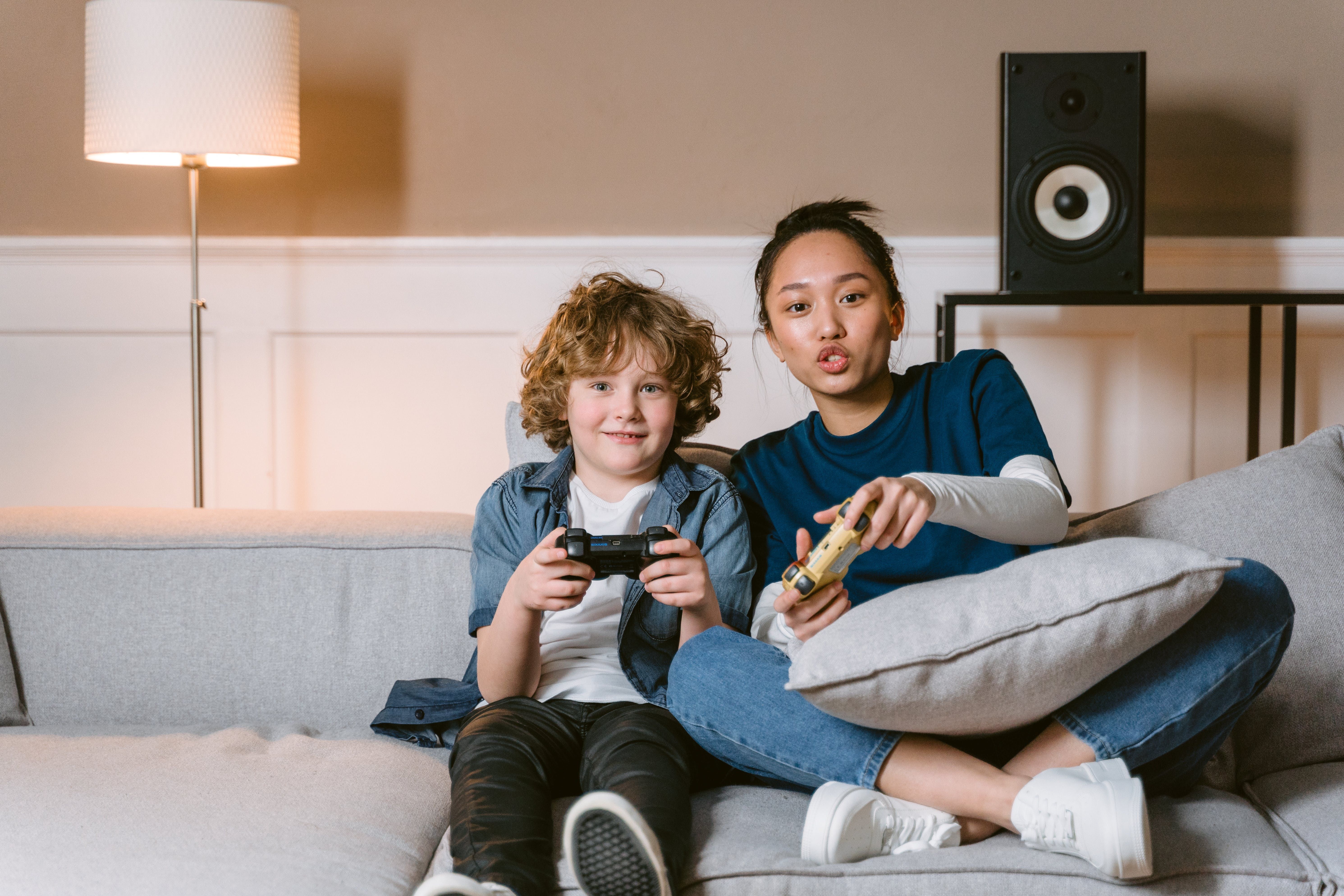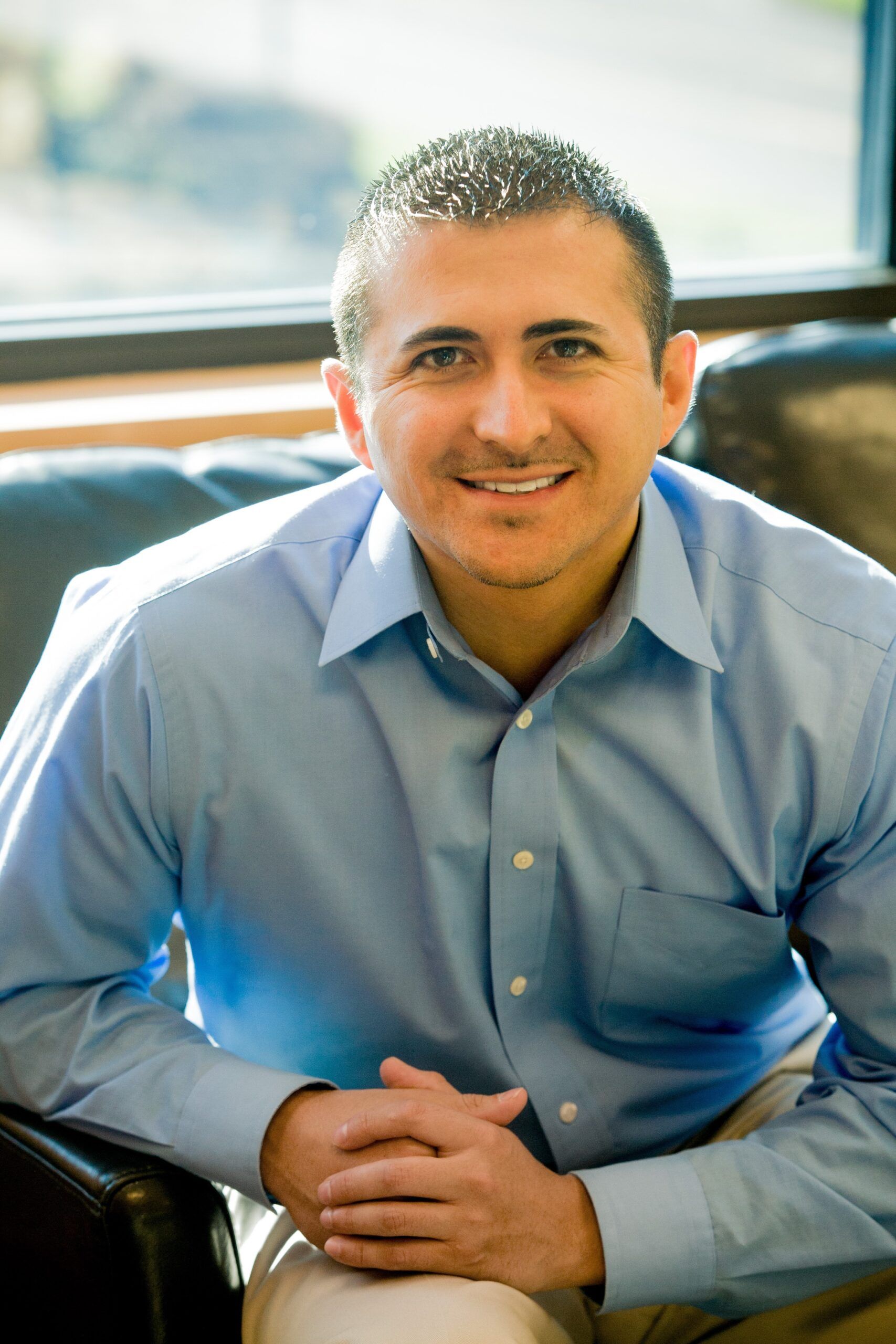
Child Therapy: How It Works, Types, and Finding the Right Therapist
As parents, we want nothing more than for our children to be mentally and emotionally healthy. However, child therapy can be difficult to talk about, especially when your kid is struggling with an issue they can’t handle on their own and would require professional help.
Like adults, kids and teens could use someone to share their problems with, even if they’re just going through a “phase.” Whether they’re moving to a new school, feeling overwhelmed about their grades, or experiencing the effects of parental divorce — increasing amounts of stress can take a toll on their mental health. This is true for all children regardless of their age and background.
My goal in this guide is to help you understand what child therapy entails, the problems that a therapist can help with, what options are there, and how to choose a therapist that’s right for them.
What Is Child Therapy?
Child therapy or child counseling is a structured intervention done by a professional (called a child therapist or child counselor) that helps kids with a variety of challenges affecting their mental health. These challenges include anxiety, depression, the loss of a loved one, major life changes, and problems with their behaviors caused by ADHD and other learning disabilities.
How is child therapy different from therapy for adults?
Having provided child therapy and family therapy for years, I find that children process their emotions and communicate their struggles differently from adults. This is because their brains are still developing. For adults, it’s more of a direct approach — a person goes to therapy and talks about their emotions, and the therapist listens.
Research shows that children ages 6-12 think concretely or literally, whereas adolescents ages 12-18 engage in more complex thinking and can make decisions for themselves. Brain maturation doesn’t happen until 25 years of age. For this reason, therapy involving play, art, and other age-appropriate activities is more helpful for children to open up.
When Is Child Therapy Effective?
Everyone can benefit from going to therapy no matter their age. In some cases, infants can be included in family therapy. Play therapy, one of the forms of child therapy, is usually recommended for children ages 3-12 years.
While kids go through struggles, which are a normal part of life, they may encounter serious situations that interfere with their daily functioning. Signs that children would benefit from therapy include the following:
- Behavior problems (skipping school, refusing to follow rules or defiance, fighting)
- Changes in their eating and sleeping patterns
- Excessive worrying about the future
- Showing less confidence
- Increased clinginess
- Isolating themselves
- Actively expressing ideas to harm themselves or others
Different Types of Child Therapy
Below, I list some common forms of child therapy and the conditions they may help with. At the end of the day, the best type of therapy will depend on the problem they’re experiencing and their age, among other things.
Your roles as a parent or caregiver are to pay attention to signs, get feedback from their school teacher about their behavior and grades, do your research, and ask for recommendations from trusted friends and family.
Hopefully, this list serves as a good starting point.
Cognitive Behavioral Therapy (CBT)
Also known as talk therapy, CBT teaches children and teens to recognize cognitive distortions or irrational thoughts and replace them with realistic, helpful thoughts, as well as teach them coping skills. CBT is backed by plenty of evidence and can be used for young people coming from diverse backgrounds and cultures.
CBT can help with anxiety, depression, attention deficit hyperactivity disorder (ADHD), autism, post-traumatic stress disorder (PTSD), and teen substance abuse.
Play Therapy
As the name implies, play therapy takes advantage of play — the natural language of children. During play therapy, a child explores their feelings with the use of toys like lego blocks, dolls, puppets, plastic zoo animals, and puzzles. Whereas regular play is unstructured, play therapy involves a trained therapist who supervises the child and does separate interviews with the parent or caregiver.
Childhood problems that play therapy addresses include abuse (physical or emotional), ADHD, anxiety, depression, trauma, and autism.
Family Therapy
Mental health professionals recommend this type of therapy for families with kids having problematic behaviors. It provides an opportunity for family members to discuss their feelings and opinions. Between sessions, family members get to practice problem-solving and communication skills at home.
Art Therapy
Children who have difficulty communicating verbally can express themselves with the use of art. During art therapy, a child draws, paints, or makes sculptures. A study showed how art therapy gives children the chance to reflect on having a “safe space” where they can express themselves without getting harmed or criticized.
Art therapy does not only allow for self-expression in children, but it also reveals their creative side, reduces their stress, and supports healthy self-esteem.
Dialectical Behavior Therapy (DBT)
Another evidence-based treatment I’d like to add to this list is DBT for kids. Like CBT, DBT can be used to help young people, including teens and adults, deal with troublesome emotions and thoughts.
One important skill it teaches is distress tolerance, which enables kids to control their response toward difficult situations by soothing themselves. They can, for instance, do a relaxing activity like listening to music or exercising.
Common Issues Addressed in Child Therapy
Kids who receive therapy learn to manage their symptoms and acquire skills that allow them to function better in society. Their relationships also improve as a result.
As you’ve learned earlier in this article, therapy can address mental illnesses, behavior issues, and stress caused by negative events. These include:
Anxiety Disorders
Some of the kids I’ve worked with in therapy have mild to moderate anxiety, and they respond well to CBT. Anxiety disorders in children include separation anxiety, social phobia, and separation anxiety. Through therapy, a child who is anxious can learn to identify their “triggers” and then practice techniques, such as mindfulness, to calm down.
Mood Disorders
Mood disorders in children and adolescents include depression, bipolar disorder, and disruptive mood dysregulation disorder (DMDD). They significantly impair their performance in school and society. A child therapist may recommend medication in addition to therapy, which will help relieve symptoms and reduce changes in their mood.
Divorce or Separation
When parents choose to separate, it can put some children at risk for adjustment problems and disruptive behaviors. This change in family dynamics can leave them feeling angry, confused, distracted, and even guilty. Counseling can help kids make sense of what happened. It validates their feelings.
If a child’s relationship with one parent gets negatively affected by the divorce, reunification therapy can help. As a form of family therapy, reunification therapy aims to heal a relationship between a parent and child, especially when alienation has occurred.
Attention Deficit Hyperactivity Disorder (ADHD)
ADHD is a common neurodevelopmental disorder that leads to attention difficulties, hyperactivity, and impulsiveness. Although medication plays an important role in controlling their symptoms, incorporating child therapy will help them build skills that benefit them long-term. Examples of these life skills include self-control, time management, and social skills.
How to Choose the Right Child Therapist
I understand that many parents feel overwhelmed with the process of selecting a therapist.
If you start searching, you might notice different professionals — such as licensed clinical social workers, licensed professional counselors, psychiatrists, and psychologists — offering child therapy. Before you decide, take some time to learn about what they’re trained to perform, what they can handle, and whether they can prescribe medication (in case your child needs it).
The next step is to ask around. Your child’s school may have a list of child therapists with a good reputation. You can also try getting recommendations from your child’s pediatrician, trusted friends (if they have kids in therapy), and parenting groups.
Use an online therapist directory
An online directory is also an excellent resource for accessing child therapists. It’s convenient and can be done from your phone or computer. Thankfully, many therapists list their services in reputable directories, which allows them to connect with parents no matter their location.
The Alma directory is a great option for parents and caregivers looking for child or adolescent therapy, as well as family therapy. It lets you refine your search by indicating your areas of focus (your child’s problem/s), whether you want to meet virtually or in person, how you would like to pay, and more. Here’s how Alma works.
How to Support Your Child in Therapy
It’s important to prepare your child for therapy. Have a calm, relaxed discussion with them about starting therapy. Some kids know what therapy means, while others don’t. Consider covering the following topics during your conversation:
- Why they need therapy - when you explain, do it using age-appropriate language
- How therapy helps them
- That their condition or negative experience isn’t their fault
- That whatever they tell the therapist will remain confidential
- That you can always find a new therapist if they’re uncomfortable with their current therapist
I find that if parents are active participants in their child’s healing journey — meaning, the parent brings their child to every appointment, communicates openly with the therapist, and gives their child opportunities to practice the skills they’ve learned — therapy becomes successful.
Take action:
Support your child's mental health journey
Taking your child or teen to therapy is one of the best ways to support their mental health. Whatever they’re facing, therapy gives them the tools needed to cope healthily. In fact, it can prevent future mental health issues from developing.
Ready to find an in-network therapist that gets your child? Start your search using Alma’s directory.
Dec 20, 2023

Looking for a therapist?
Get tips on finding a therapist who gets you.
By submitting this form, you are agreeing to Alma's privacy policy.




